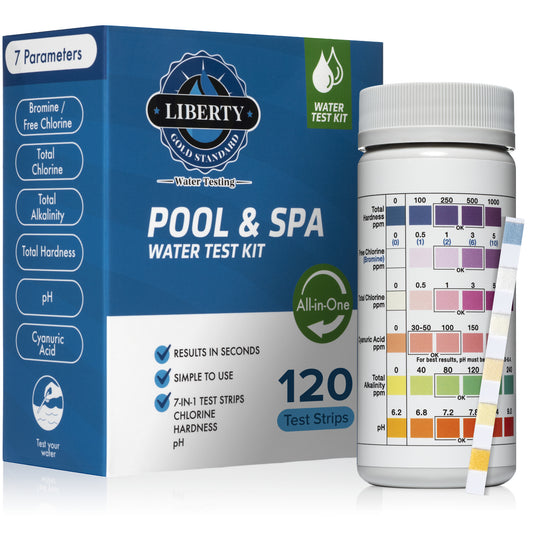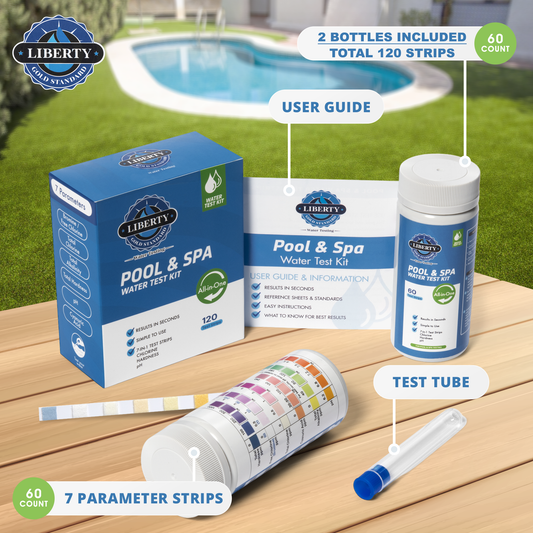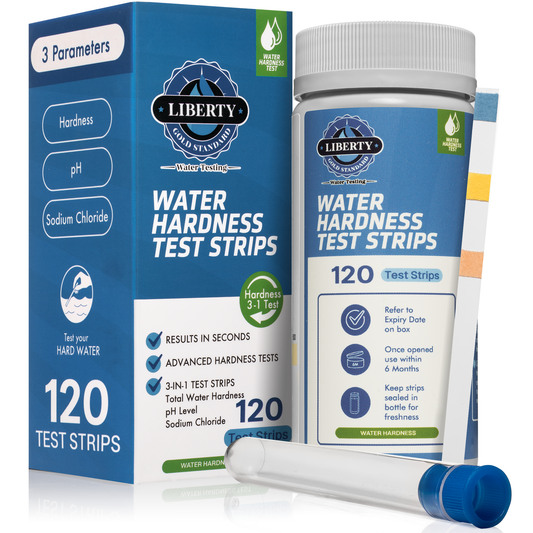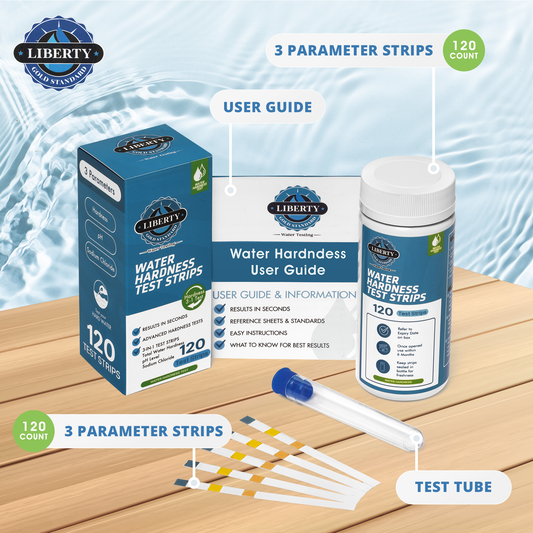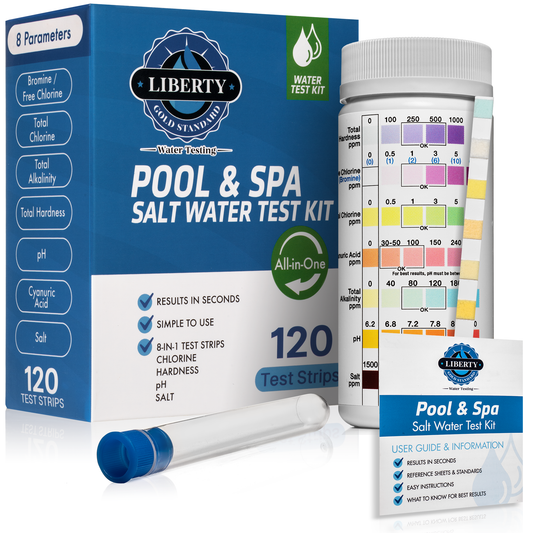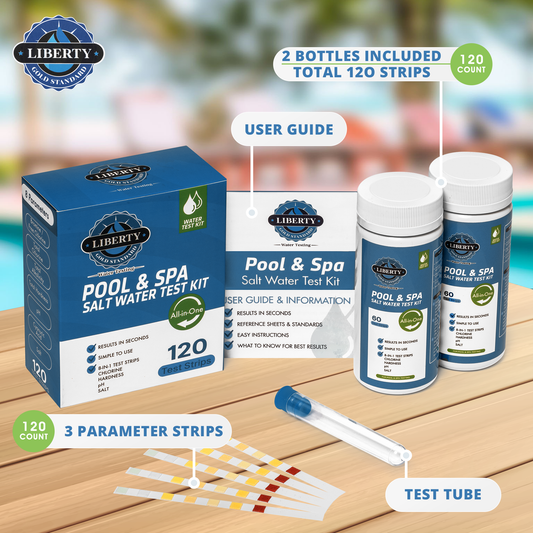The Environmental Protection Agency (EPA) uses a two-tiered system for regulating contaminants in public drinking water supplies:
1. National Primary Drinking Water Regulations (NPDWRs) or Primary Standards:
- Legally Enforceable: These are mandatory regulations that public water systems must adhere to.
- Health-Based: Primary standards are set based on potential health risks associated with specific contaminants. The EPA considers factors like the severity of health effects, the number of people potentially affected, and the feasibility of treatment technologies when establishing these standards. This is where the enforce the maximum Maximum Contaminant Levels (MCLs).
- EPA Link: https://www.epa.gov/ground-water-and-drinking-water/national-primary-drinking-water-regulations
2. National Secondary Drinking Water Regulations (NSDWRs) or Secondary Standards:
- Non-Enforceable Guidelines: These are recommended guidelines for contaminants that may not pose a direct health threat but can affect the aesthetic qualities of drinking water.
- Focus on Aesthetics: Secondary standards address issues like taste, odor, color, or corrosivity that can make water unpleasant to consume, even if it's safe from a health standpoint.
- Public Notice: The EPA requires public notification for exceeding the secondary standard for fluoride (2.0 mg/L) but doesn't mandate corrective actions by water systems for other secondary standards.
In summary:
- Primary standards are legally enforceable and health-based, focusing on contaminant levels that can cause adverse health effects.
- Secondary standards are recommendations for aesthetic qualities that can impact the taste, odor, or color of drinking water.





